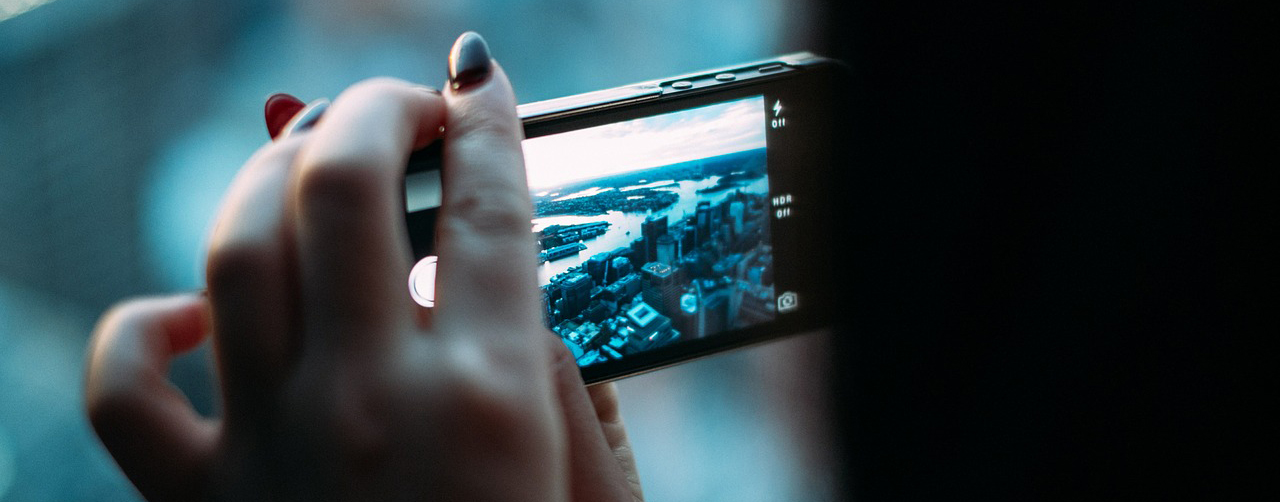
Adweek recently posted a story listing the 20 Most Viral Ads of 2016. It’s all video, there are a lot of foreign commercials on the list and everything is pretty fun to watch. With the exception of serial viral pioneers OK Go, there isn’t much consistency here – at least at first glance: a Doritos commercial from the Super Bowl, a spot for Nike starring retired NBA player Kobe Bryant, a Samsung phone commercial that is about as straightforward as you can get (maybe people were thinking they were going to explode at the end?) and even a very recent ad for Nintendo’s upcoming Switch game system (yawn).
However, if you look closer, there are a few things we can learn from these commercials about how to go viral in today’s media environment:
#1: The days of homemade ads catching lightning in a bottle are over. These are all big ads from big companies. Nobody is “breaking through” with any of them; they are reinforcing existing brands. Even the “homemade” Doritos ad is only “homemade” if your home includes professional actors, a few professional video cameras, a leftover set from General Hospital and a lighting rig.
#2: The guys in OK Go have too much time on their hands. It’s a good thing your videos rock, gentlemen, because if people could only hear your music, they would say things like “I didn’t know Coldplay had a new album” and “Coldplay’s new album sucks.”
#3: Professionalism is back in fashion. I remember having arguments with other folks in the marketing industry about 10 years ago about the quality of production on the internet. They would tell me “Now, anybody can do it! People have lowered their standards.” That may have been true for a few years, but the trend was temporary, and it seems to be over.
#4: Humans have weird taste. Why would almost a million people share an ad featuring badly animated aliens eating something called Cadbury Dairy Milk? It sort of looks like Gollum and The Lord of the Rings was directed by an eighteen-year-old raver with the munchies.
#5: Money talks. Big surprise here, but all signs indicate that you can significantly improve your chances of going viral by spending a lot of money on your ad. Computer animated critters are not cheap. Celebrities are not cheap. Licensed music is not cheap. Even the Paralympics ad, which doesn’t really feature a lot of special effects, utilizes massive sets and a giant cast. The budget paid off – but the bill must have been huge.
What does this say to all of us who don’t have the resources to make commercials in zero gravity? Get good at guerrilla warfare. Put weapons like retargeting and native advertising into your arsenal. Spend some extra money on a good script and solid production, but make sure that the resulting spot can spread out those costs by running for a good long while (how many times can you watch that Doritos ad before your warm feelings toward the brand are overcome by a mad desire to smash that bag of chips over the father’s head?).
Finally, accept the fact not everybody can go viral. Or maybe what I mean to say is that not everybody can afford to go viral. Instead, let’s concentrate on the long game, building a positive brand with strong, consistent messages that minimize waste by targeting only the correct audience. It’s an approach that worked before viral video, and it continues to work today.